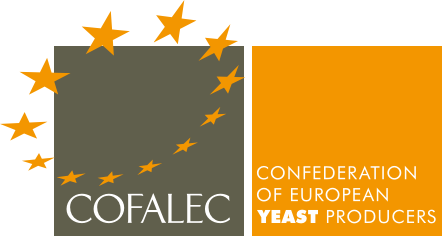According to this recent article, an increasing share of people wants to reduce its alcohol consumption. Supermarket shelves are beginning to be filled with alcohol-free wines and beers that are far superior in taste to those available in the past. How can microbiology be used to preserve the flavour of drinks while eliminating the alcohol?
In the first method, brewers intentionally reduce the amount of sugar available to the yeast. With less sugar to use, the yeast produces less ethanol. There are several ways of achieving this, including raising or lowering the temperature during mashing (the process of extracting simple sugars from the barley grain). Brewers can also stop the fermentation process before too much sugar has been converted into alcohol.
The second method involves using different yeasts. Traditionally, most beers are produced using Saccharomyces yeast. But there are thousands of species of yeast, and some produce very little ethanol. These yeasts are gaining in popularity in the production of low-alcohol beers. They still provide the expected aromatic compounds, but at very low alcohol levels (sometimes even below 0.5%).
